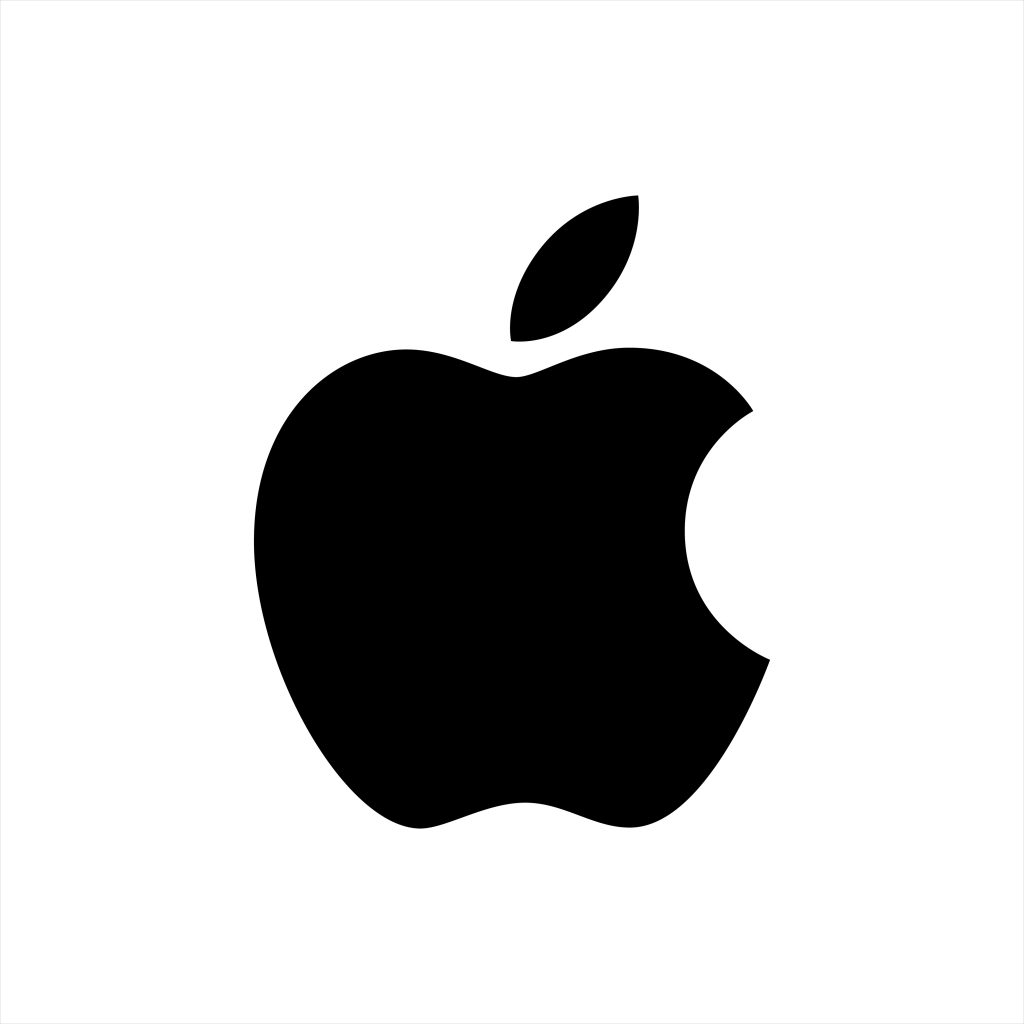Apple recently introduced significant changes to its App Store policies, particularly impacting the Sign in with Apple feature. The modification allows apps using third-party authentication services, like Google or Facebook, to skip the mandatory inclusion of Sign in with Apple. However, developers must now present an alternative authentication service with specific data confidentiality assurances.

New Rules in Action
Under the previous guidelines, apps had to offer Sign in with Apple as an equivalent option when using third-party login services. The updated regulations remove this obligation, yet demand that the substitute service adheres to strict data limitations, ensuring only the collection of a user’s name and email. Additionally, it must provide options to hide email addresses during registration and refrain from tracking user actions within the application. These rules apply universally across all countries where the Apple App Store operates.
Exceptions to the Rule
Apple outlines four exceptions to the new policy:
- Exclusive use of the app’s own account setup and login systems.
- Educational, enterprise, or business apps requiring logins with existing educational or corporate accounts.
- Utilization of a government or industry citizen identification system for authentication.
- Apps acting as clients for third-party services, necessitating direct logins to users’ email, social networks, or other third-party accounts.
Implications and Considerations
The updated policy raises questions about the availability of alternative authorization services meeting Apple’s criteria. Despite the seemingly flexible wording, Apple may be subtly encouraging developers to opt for Sign in with Apple, notes NIX Solutions.
Historical Context
This isn’t the first time Sign in with Apple has sparked debate. Initially introduced in June 2019, Apple faced criticism over rigid rules. However, they later adjusted requirements, showcasing a responsive approach. The response to the current changes remains uncertain, leaving developers and the industry awaiting Apple’s next move.
